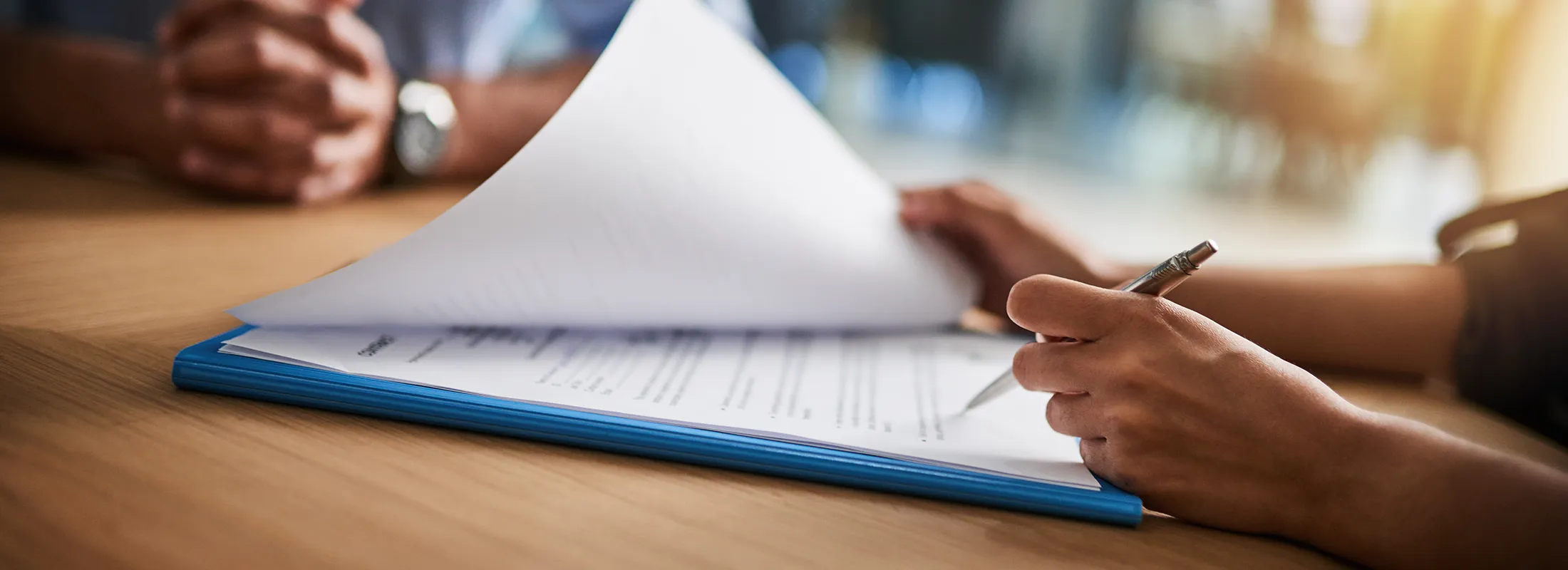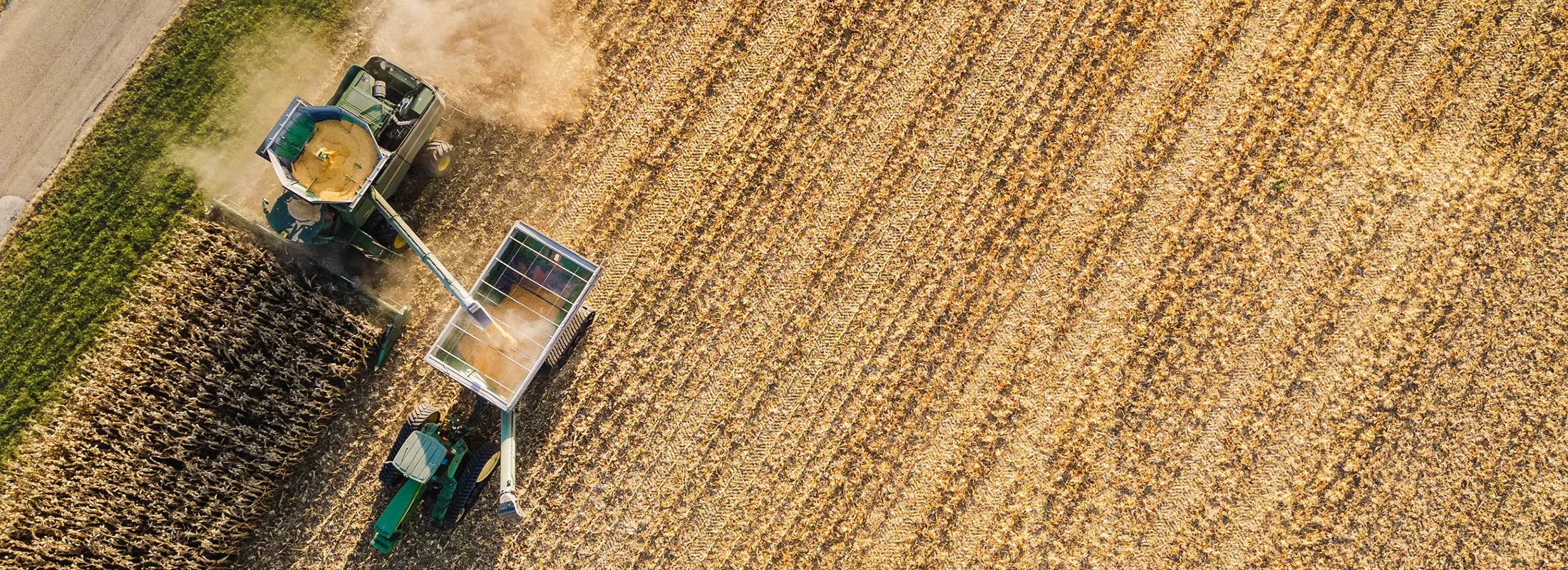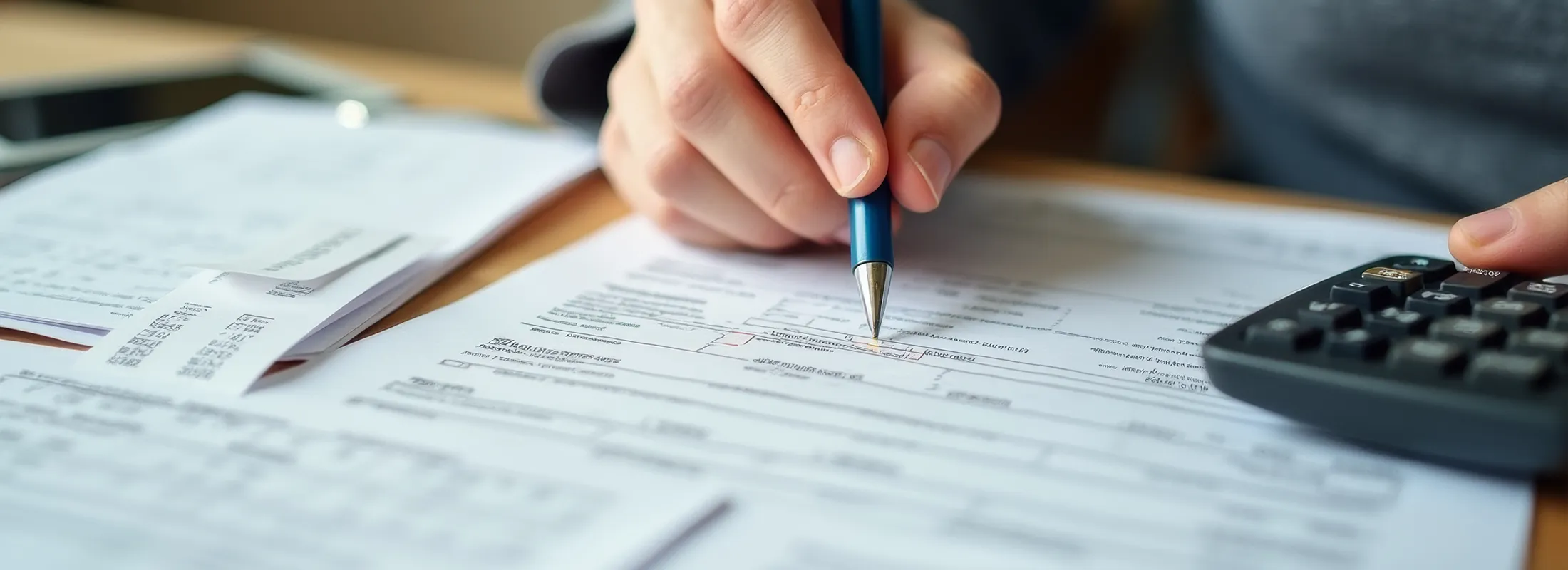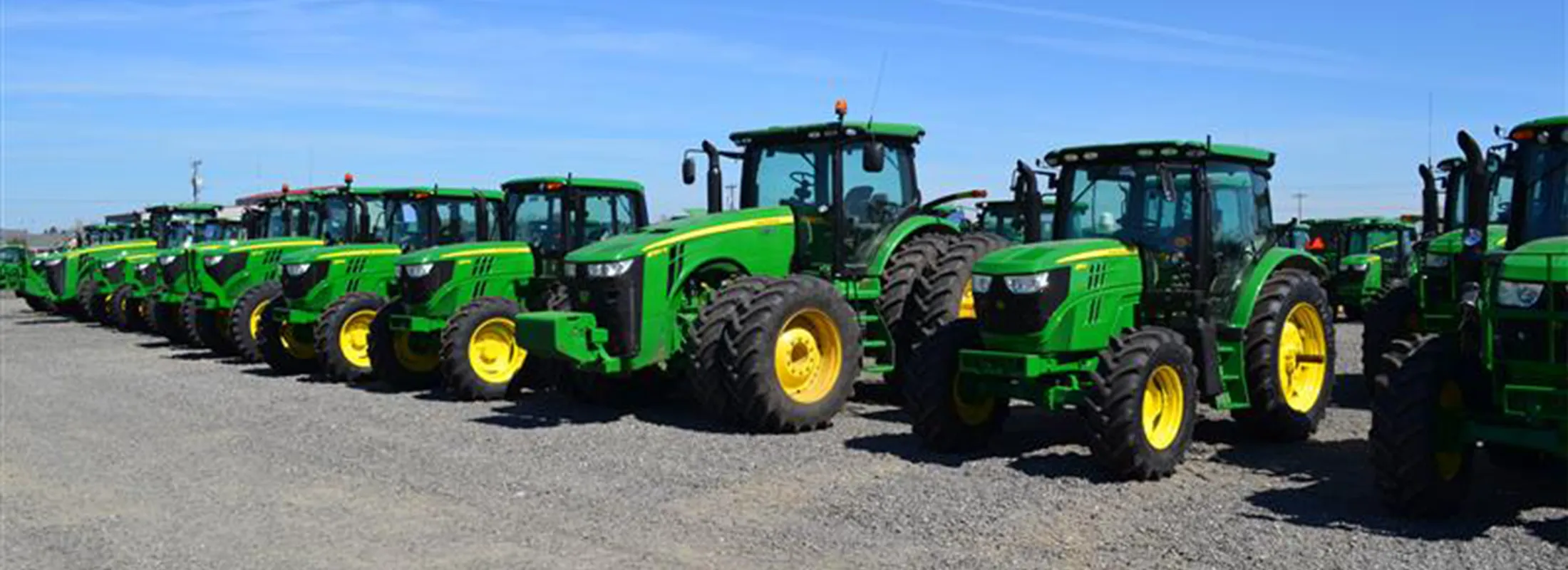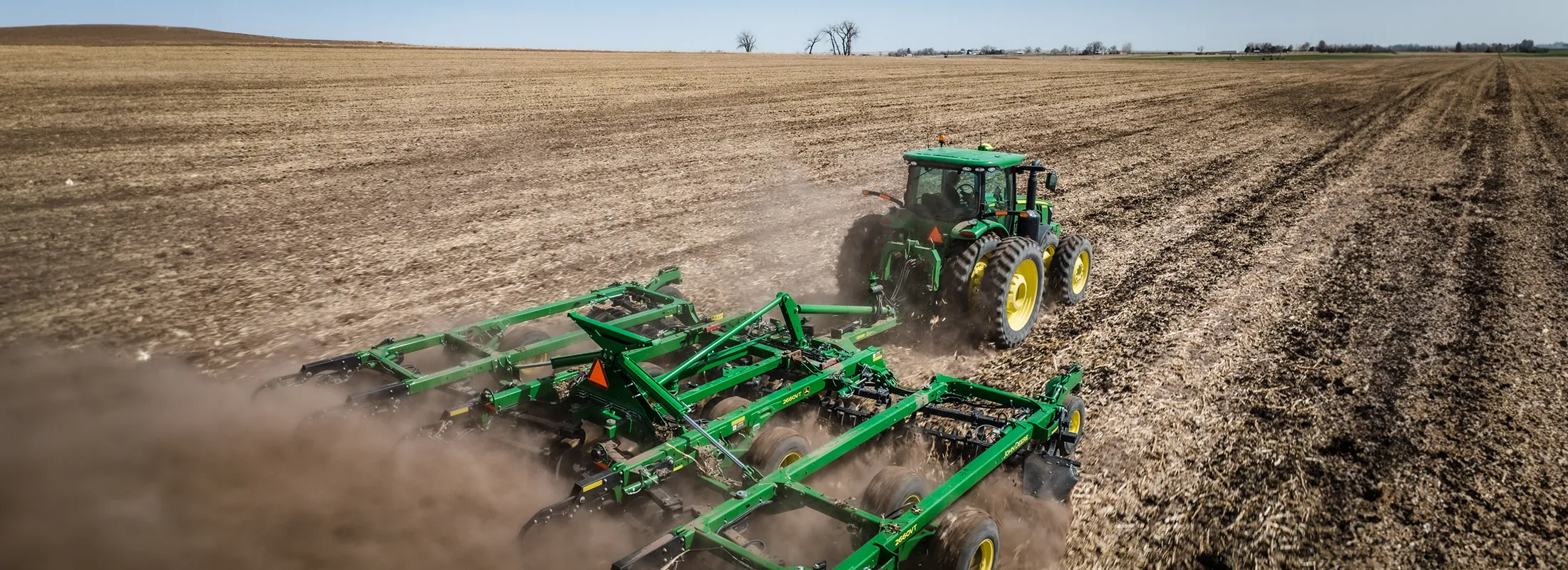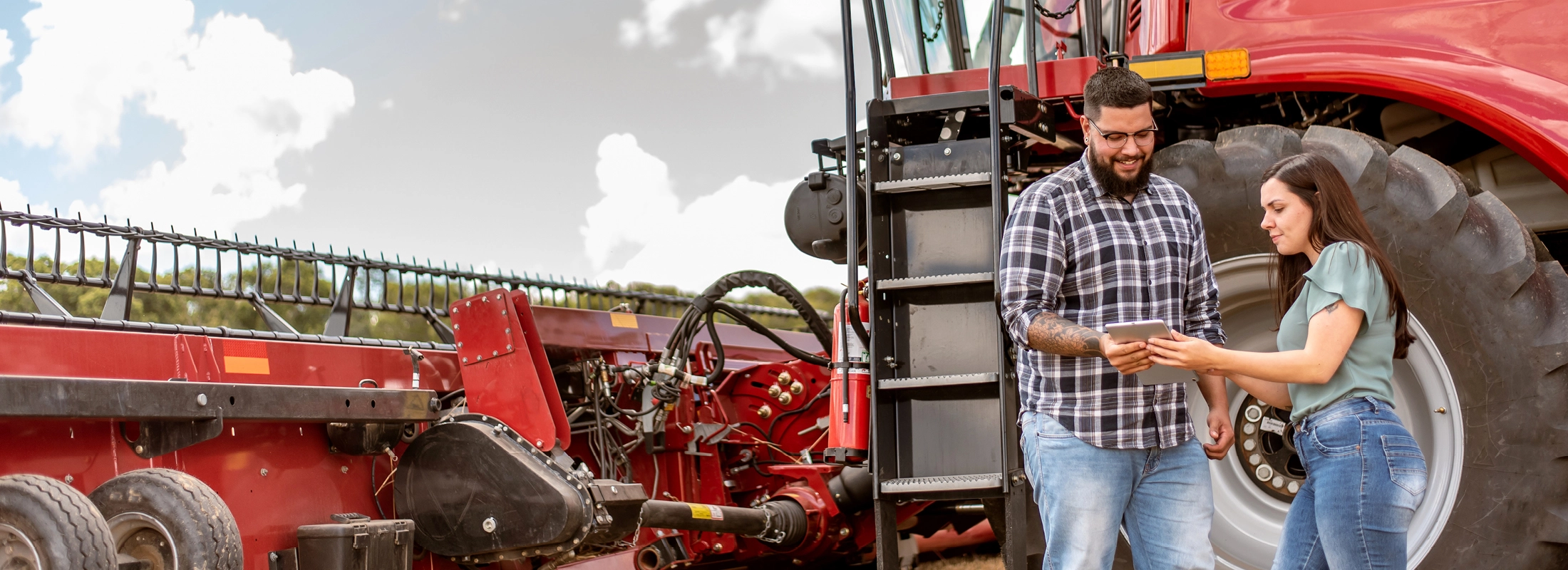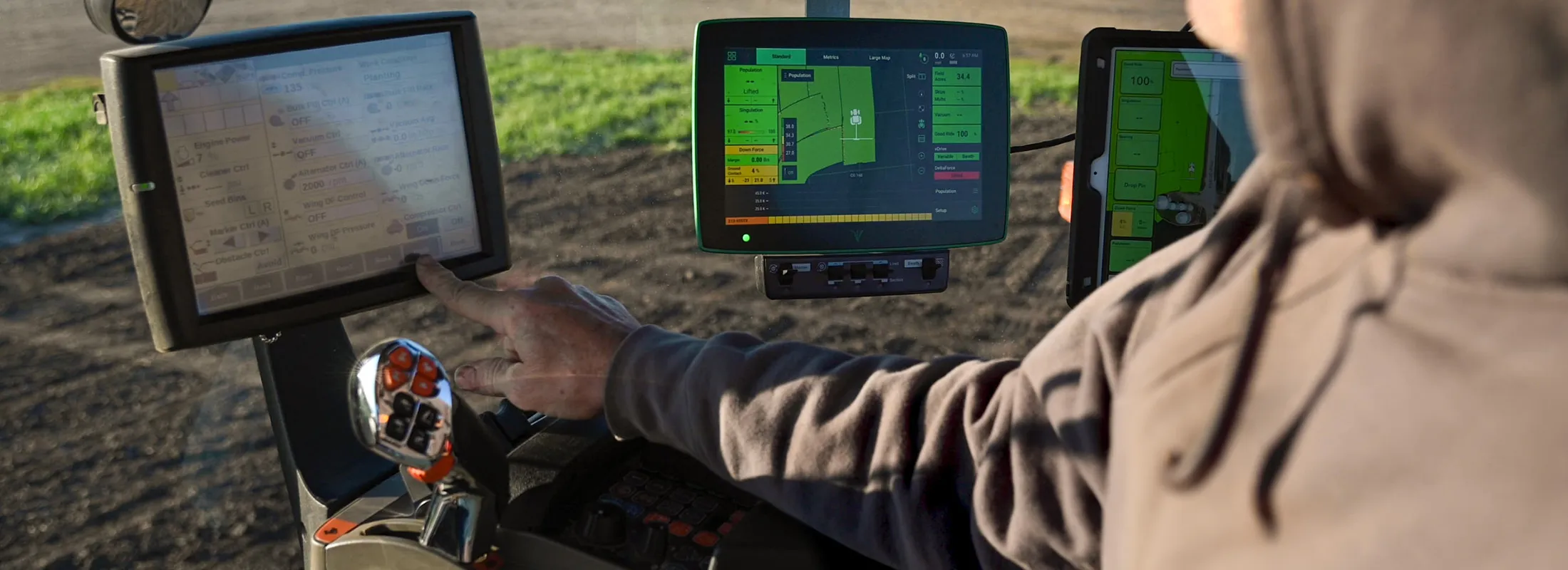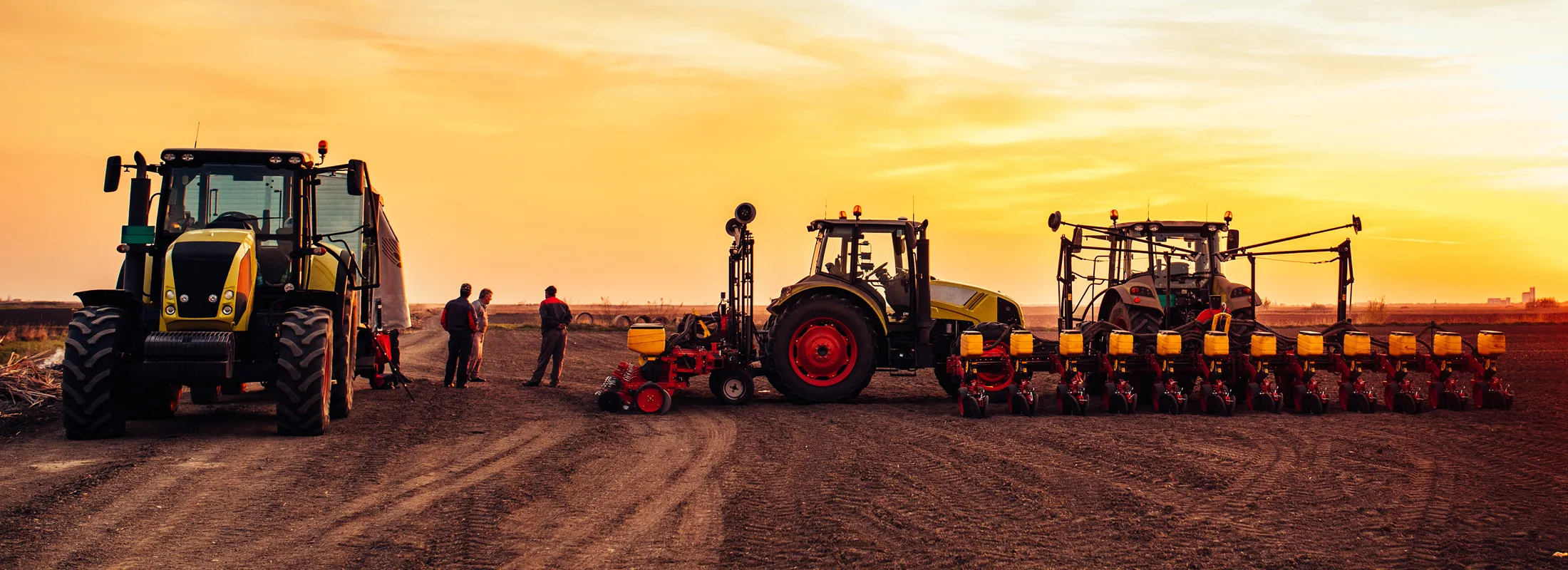Amid rising prices of both new and used equipment, many producers are leveraging financing to spread out their machinery costs and reduce the financial burden of keeping their equipment up to date.
In general, there are two options for financing equipment: purchasing the equipment outright with a loan, or leasing. When you finance machinery with a traditional loan, you own the equipment once the loan is paid off.
With a lease on the other hand, you are financing the use of the equipment. At lease end, you will have the option to purchase the equipment, trade it in, renew the lease or, in some cases, return it and walk away depending on how the lease is structured.
Which option is right for your operation? Here are 10 questions to help you understand the key differences between conventional purchase plans and leasing agreements and how each option can impact your cash flow, machinery costs and tax position.
1. How many hours a year do you expect to use the equipment?
Asking yourself this question will help you determine whether owning or leasing the equipment is a better fit based on usage and residual value, or the estimated value of the machine at the end of its lease term or service life.
With a loan, you finance the full cost of the equipment. With a lease on the other hand, the amount financed is the equipment cost minus the residual over the term you expect to use the equipment.
2. Are you looking for the lowest possible initial investment?
With a loan, the down payment due at the time of purchase can range from $0 down to upwards of 20% to 30% of the total cost depending on your credit quality and the type and age of the asset. Whereas with a lease, only the first payment is due upfront in most cases.
The difference in upfront costs between a loan and lease can be substantial. If you’re worried about your debt-to-income ratio or your cash flow, then a lease might be your better option.
3. Do you have a trade, or will you be putting cash into the transaction?
Trading your used equipment into the dealership can be advantageous, especially when demand is high and your equipment is in good condition. Trade equity can help you reduce the purchase price of the equipment you are exchanging for.
In some cases, the trade-in value will cover the down payment of your new loan. Alternatively, because leasing offers 100% financing, you can use your trade equity or any cash you save from leasing toward other business expenses.
4. What’s your trade-in frequency? Do you typically buy new or “like-new” equipment?
If you trade equipment frequently, leasing can offer lower payments than a loan and allow you to acquire equipment without the long-term costs of equipment ownership. Leasing is a good option for keeping your machinery under warranty and repairs and downtime to a minimum.
Additionally, leases can be structured with the flexibility to trade the equipment in for a newer model for no further obligation. By having access to the latest technology, you can avoid equipment obsolescence, improve efficiencies and potentially increase profits.
5. Are there other areas of your operation where you could be using operating capital?
While some producers have the financial stability to accept higher machinery ownership costs in the long term, equipment ownership also requires comparing those costs with the opportunity costs of not having the capital invested in other areas of your operation.
By only paying for a portion of the asset that is used rather than the full value, a lease can give you flexibility to free up working capital for other loans or purposes such as structure upgrades or land purchases.
6. How important is equipment ownership to you?
If you have the money for a down payment and the equipment you intend to buy will remain in your equipment line-up long term, then an equipment loan may be the way to go. When you own your equipment, you add asset value to your balance sheet that can be used as collateral when making other purchases or taking out loans for your farm.
Machinery ownership gives you full control of the equipment’s use and performance. Rather than being restricted by the terms of a leasing agreement, you have the freedom to replace, sell or make any customizations to your equipment as needed.
7. How are financing rates and terms determined?
The interest rate charged on a loan is usually based on your credit worthiness. With a lease, lenders look at your borrowing history as well as the equipment in terms of how well it holds its value and its anticipated usage.
Financing structures vary by lender, but the typical period used to amortize debt is three to seven years on most equipment and up to 10 years on pivots. Longer terms typically have slightly higher interest rates than shorter terms; however, the flexibility longer terms offer often surpasses the extra interest paid.
8. What are your obligations with a loan versus a lease?
With an equipment loan, you will be fronted the capital to pay for the equipment and fully own the equipment once you’ve repaid your loan according to its terms, plus interest. You’ll also be responsible for all ownership and operating costs.
If you opt for an equipment lease, you won’t own the equipment outright, but you will be responsible for making the lease payments and all applicable operating costs such as maintenance, sales and property taxes, license, registration and insurance.
9. What risks or limitations could you be overlooking?
When buying your equipment, you aren’t locked into any use limitations or early payoff fees if you end the loan early. With a walk-away lease, you are responsible for excess usage charges if you exceed the agreed-upon hour limit; and with some leases, an early termination fee applies if you end the lease early.
However, equipment ownership requires bearing the cost of depreciation resulting from wear, obsolescence and the age of a machine. With a lease, some of the risk of obsolescence falls upon the lessor along with future value risk.
10. What are the tax advantages?
On a loan, you are entitled to depreciation benefits as owner of the equipment. A lease can go either way depending on if it is a true lease or a conditional sales lease.
With a true tax lease, you can deduct your full lease rental payment as an operating expense rather than depreciating the asset. With a conditional sales lease, you take depreciation just as you would with a loan while still benefiting from the flexible financing offered in a lease.
Before entering into a loan or lease agreement, it’s a good idea to consult with a tax professional for advice on leasing options and tax issues.
